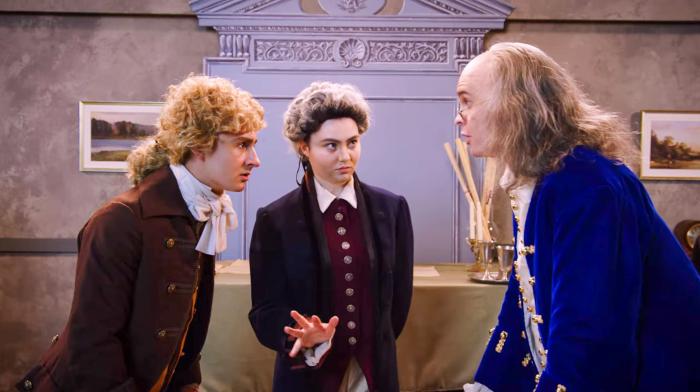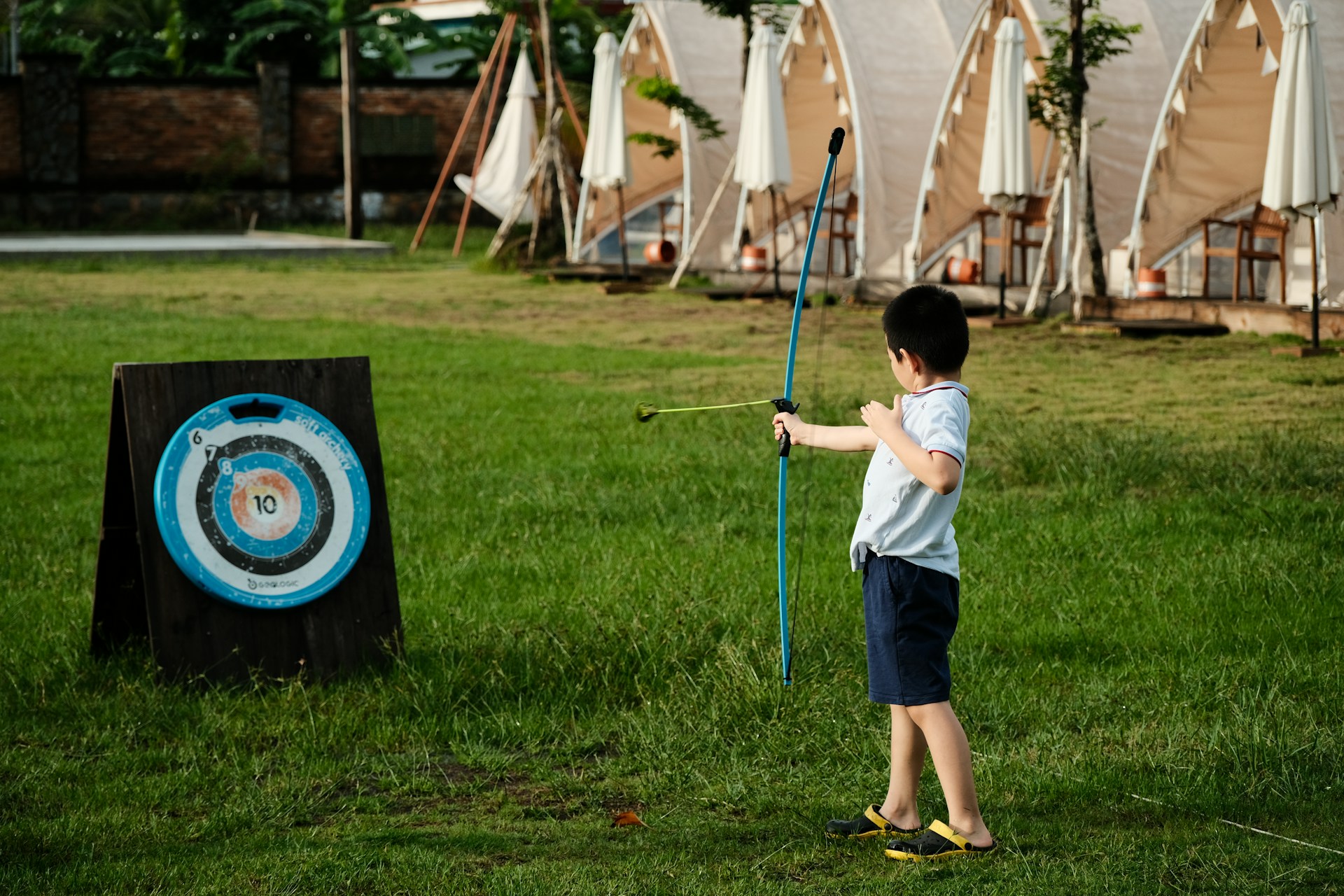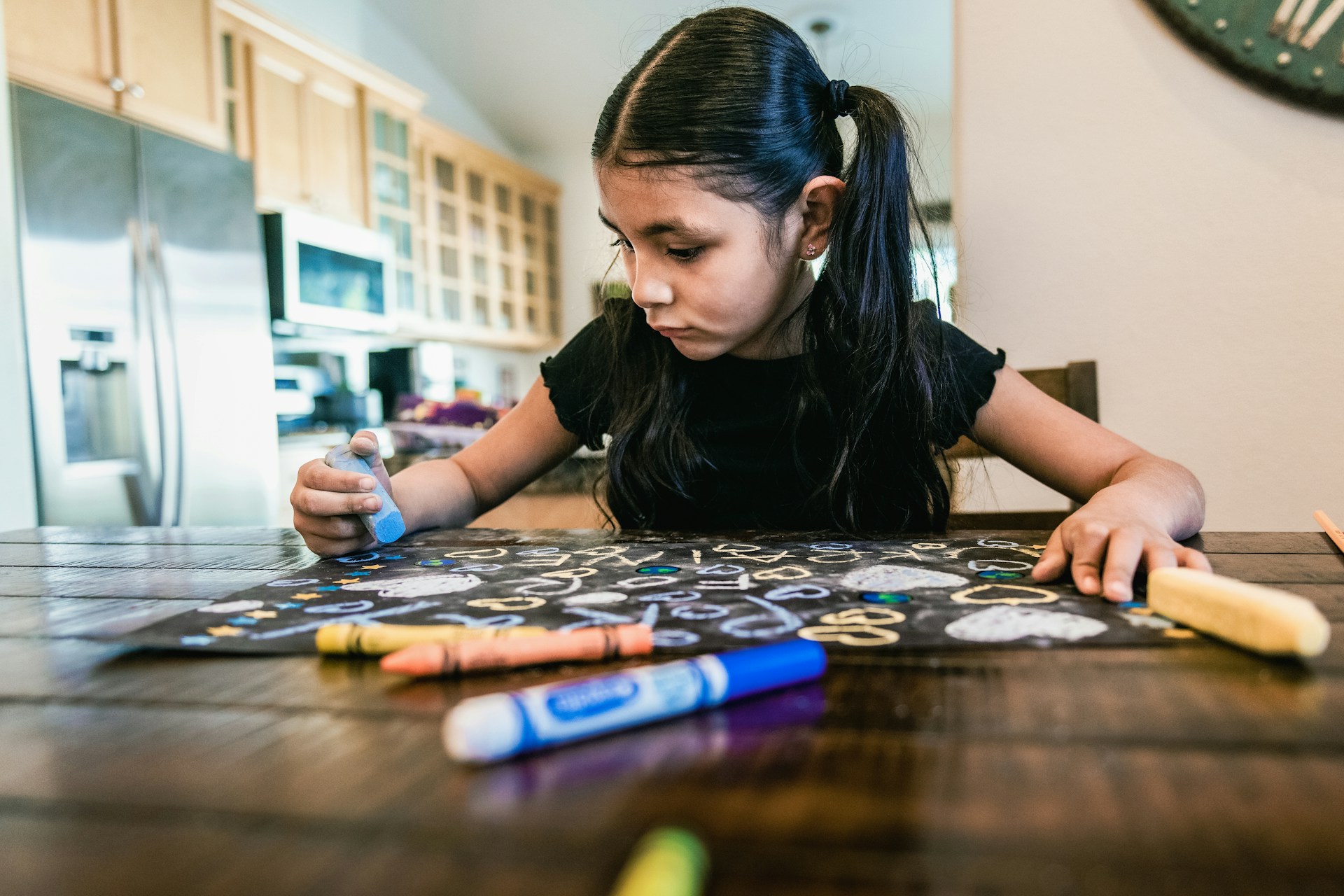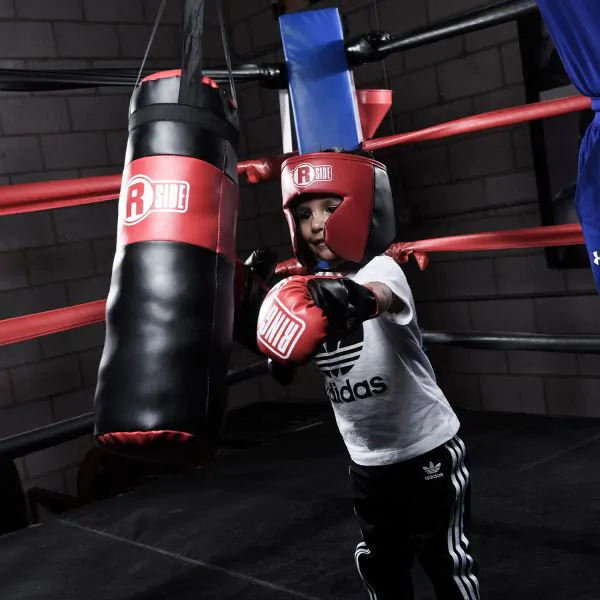Teaching kids about history can often be a challenging task due to the subject’s complexity and the sometimes dull presentation in traditional classrooms. History, however, is an incredibly rich and engaging subject that can inspire curiosity, enhance cultural understanding, and improve critical thinking. The stories of the past are not just dates and events, but rather a vivid tapestry that shapes the world we live in today. For young learners, engaging them in history through creative and fun methods can transform what seems like a dry subject into an exciting exploration of the past.
Here are some fun and creative techniques for teaching kids about history that can help bring the subject to life:
1. Interactive Storytelling
Kids love stories, and history is full of fascinating tales waiting to be told. One of the most effective ways to teach history is by presenting it as a narrative. This allows children to connect with historical figures and events on a personal level. Use vivid imagery, dramatic pauses, and expressive language to captivate their attention. Turn history lessons into mini-dramas where students can play roles of historical figures. This not only makes history more engaging but also helps kids retain the information better.
Incorporating a “storytime” approach where you narrate history as if it’s a thrilling adventure can create excitement. Consider using books, videos, or even podcasts that present history in a narrative format. By framing historical events as stories, students will likely find it easier to grasp the significance of what happened and understand why these events matter today.
2. Hands-On Activities and Reenactments
Another way to make history interactive and engaging is through reenactments and hands-on activities. Whether it’s creating a historical artifact, participating in a mock trial, or reenacting famous speeches, involving children physically in learning makes the past more tangible. For example, you could have students create their own versions of ancient tools, make costumes, or even reenact historical events such as the signing of the Declaration of Independence or the first moon landing.
This approach is particularly effective because it taps into kinesthetic learning. Kids remember what they physically engage with more than what they simply hear or see. The act of making something—whether it’s building a model of the Great Wall of China or constructing a simple Egyptian pyramid out of cardboard—helps to solidify the lesson in their minds.
3. History Through Technology
Integrating technology into the history curriculum can make lessons more engaging. Educational games, interactive timelines, and virtual reality (VR) experiences can all bring history to life in ways that are both fun and informative. Many educational websites and apps are designed specifically to teach kids about history in interactive ways. For instance, children can use VR to visit historical sites like the Pyramids of Giza or Ancient Rome without ever leaving the classroom.
Digital tools can also include quizzes, interactive maps, and online history games that make learning fun while reinforcing the material. Some websites even offer virtual museum tours, which allow kids to explore historical artifacts in great detail. Gamifying the learning process not only engages students but also gives them an active role in the learning process.
4. Field Trips and Historical Site Visits
Field trips can provide firsthand experience with history and bring it to life outside of the classroom. Visiting historical sites or museums allows children to see artifacts and landmarks related to their studies. Walking through a local historic district, exploring battlefields, or touring museums filled with ancient objects helps children connect the lessons they learn in the classroom with real-world locations and objects.
These trips are opportunities for kids to ask questions and develop a deeper understanding of history. Teachers can also organize scavenger hunts or quizzes that encourage students to explore the site and engage with the exhibits in a fun way.
5. Multimedia Resources: Movies, Documentaries, and Cartoons
Movies, documentaries, and historical cartoons are great tools to make history more engaging for children. Visual media can help kids understand the context of historical events and provide a more vivid representation of the past than textbooks alone. There are many historical movies and documentaries that are appropriate for young viewers, and they often present historical events in a compelling and visually interesting way.
For younger children, animated shows and historical cartoons can provide a lighthearted and entertaining introduction to important figures and events. Shows like “Liberty’s Kids” or “Horrible Histories” balance entertainment with educational content, making it easier for children to remember historical facts and events.
6. Incorporating History into Art
Another creative approach is integrating history with art. Have children create posters, paintings, or drawings of historical events, figures, or places they have studied. This allows them to explore the past in a more creative and personal way. Whether it’s recreating an ancient Egyptian wall painting or drawing a famous battle scene, art helps students interpret and express historical concepts visually.
Additionally, historical art from various cultures can be used to spark discussions about different periods, movements, and artists. Teaching history through art brings in multiple perspectives and allows students to make connections between culture, history, and creativity.
7. Connecting History to Current Events
One of the best ways to make history relevant is by drawing parallels between the past and present. Discussing how past events have shaped modern-day society helps students see the relevance of history in their own lives. For example, you could explore how the Civil Rights Movement in the U.S. influenced modern-day politics or examine how ancient civilizations like Mesopotamia laid the foundations for today’s technological advancements.
Making these connections helps children understand that history isn’t just a collection of past events, but a living, ongoing influence that shapes who we are today. This approach encourages critical thinking and sparks curiosity about how we can learn from the past to improve our future.
By integrating these fun and creative techniques, you can make history more exciting and engaging for kids. Whether through storytelling, interactive lessons, technology, or field trips, history becomes much more than dates and facts—it becomes an exciting adventure that inspires a deeper understanding of the world.
For more detailed ideas on making history fun for kids, you can explore this article on Be a Kid’s Fun and Creative Techniques for Teaching Kids About History.



